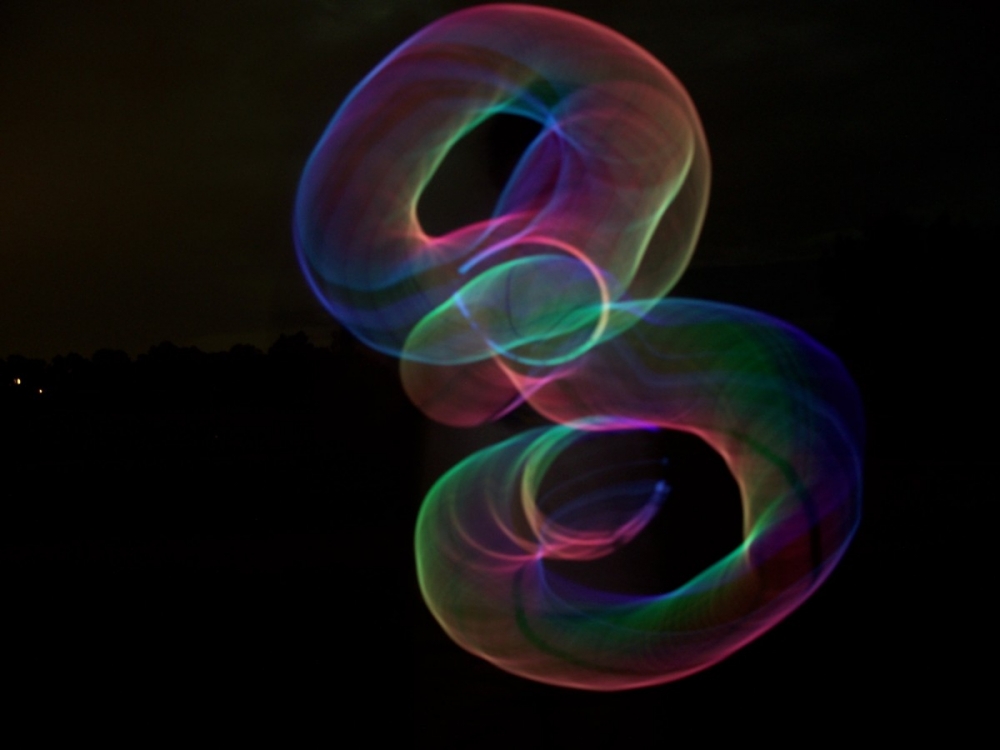Why String Theory Is Not Science
 Image credit: flickr user Trailfan, via https://www.flickr.com/photos/7725050@N06/631503428.
Image credit: flickr user Trailfan, via https://www.flickr.com/photos/7725050@N06/631503428.
Ethan Siegel, CONTRIBUTOR
There are a lot of different ways to define science, but perhaps one that everyone can agree on is that it’s a process by which:
knowledge about the natural world or a particular phenomenon is gathered,
a testable hypothesis is put forth concerning a natural, physical explanation for that phenomenon,
that hypothesis is then tested and either validated or falsified,
and an overarching framework — or scientific theory — is constructed to explain the hypothesis and that makes predictions about other phenomena,
which is then tested further, and either validated, in which case new phenomena to test are sought (back to step 3), or falsified, in which case a new testable hypothesis is put forth (back to step 2)…
and so on. This scientific process always involves the continued gathering of more data, the continued refining or outright replacing of hypotheses when the realm of validity of the theory is exceeded, and testing that subjects that theory to either further validation or potential falsification.
See full text